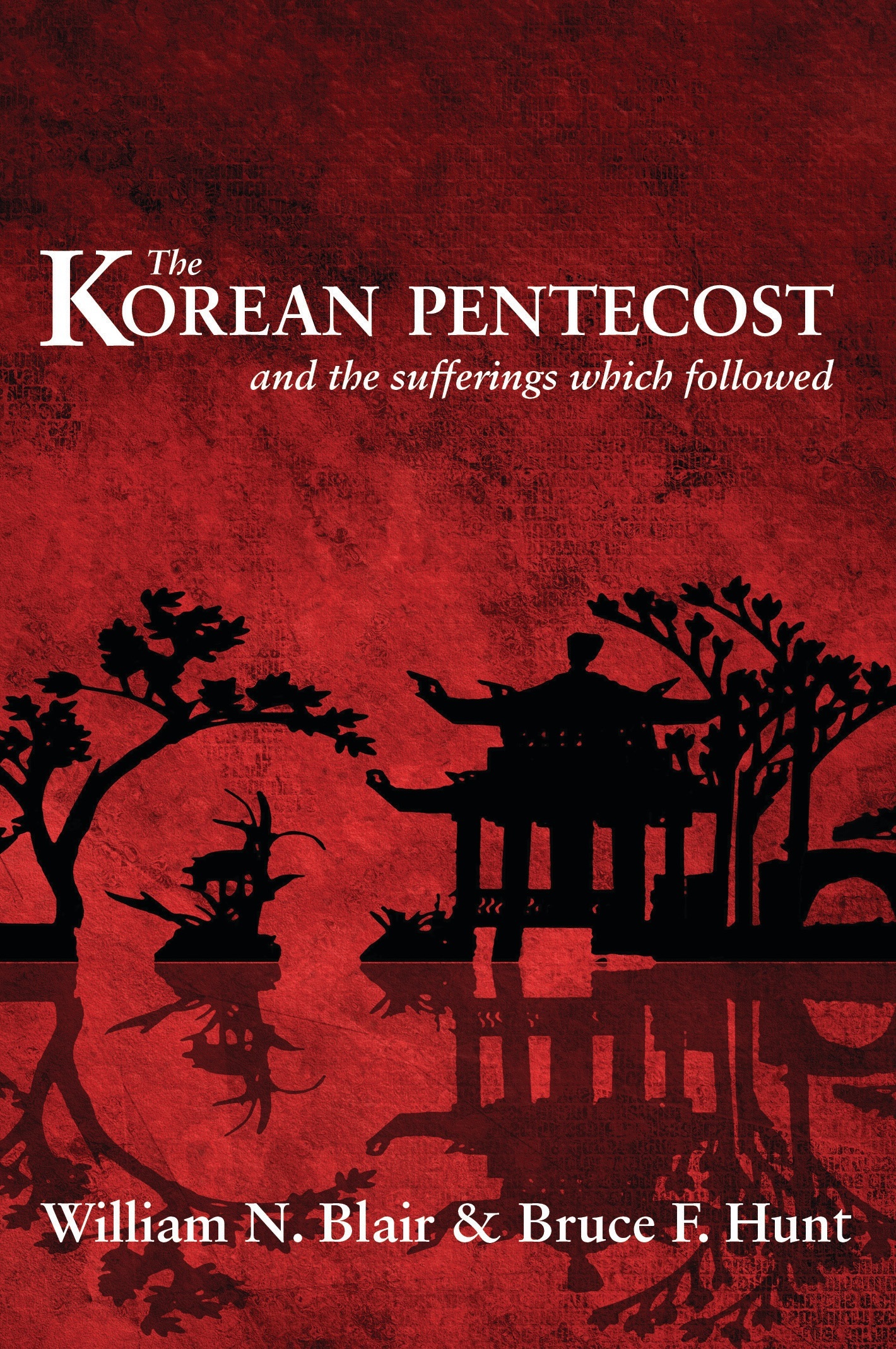‘The Korean Pentecost’ – A Review by Trevor Scott
A review by Trevor Scott of The Korean Pentecost and the Sufferings which Followed, by William Blair (1876-1970) and Bruce Hunt (1903-1992).1
The first part of the book, by Dr William B1air, gives an account of a great revival in the Korean church in 1907. In the summer of 1832 the first Protestant missionary, Charles Gutzlaff had visited Korea. The visit was brief – at this time all foreigners were forbidden on pain of death from entering her borders. For thirty-three years no other Protestant missionary was to visit Korea. When missionaries again arrived, it was discovered that many educated Koreans could read Chinese characters, and eventually it became possible to distribute Chinese Gospels as vessels negotiated the country’s rivers.
Dr Blair arrived in Seoul, Korea in 1901. He found the Koreans a loving, generous-hearted people, poetic and deeply religious by nature. Most followed Confucianism, which had largely killed off Buddhism. As soon as he knew enough Korean, Dr Blair began to preach, and Christian churches were established. In January 1907, at a crowded church service at Pyengyang (now the capital of North Korea), there was felt to be no life in the meeting. The missionaries met and cried out to God in earnest. The next day, on entering the church, each felt the place was full of God’s presence. As one missionary began to pray, the whole congregation began to pray out loud, altogether. To Dr Blair the prayer ‘sounded like an ocean of prayer beating against God’s throne.’ Many threw themselves to the floor and beat the floor with fists in perfect agony of conviction; some wept, and almost screamed in agony. The meeting continued until two o’clock the next morning, with confession, weeping and praying. It was as though all were face to face with God. It seems that a time of special blessing then spread throughout the entire Korean peninsula.
The second part of the book, by Bruce Hunt (Dr Blair’s son-in-law), relates the terrible sufferings – almost too terrible to contemplate – of the church under the Japanese and Communists. During his forty-eight years of missionary service, Mr Hunt personally knew many of the Korean Christian martyrs.
As always, the subject of revivalism needs to be approached with caution, but we acknowledge that God, in his sovereignty, may act occasionally in a more extraordinary and remarkable way. We recommend the book, but the second part may not be suitable reading for those who find it difficult to cope with harrowing accounts of the sufferings of others.
Notes

The Korean Pentecost
and the Sufferings which Followed
price From: £5.50Description
A review by Trevor Scott of The Korean Pentecost and the Sufferings which Followed, by William Blair (1876-1970) and Bruce Hunt (1903-1992).1 The first part of the book, by Dr William B1air, gives an account of a great revival in the Korean church in 1907. In the summer of 1832 the first Protestant missionary, Charles […]
Taken with permission from the Gospel Standard, August 2015.
Latest Articles
Biblical Mission Arises from Biblical Longing and Supplication 24 November 2025
This is the second of four posts from Peter Schild (translated by Michael T. Schmid) which together constitute his booklet The Church and Missions. ‘As they ministered to the Lord and fasted…’ — Acts 13:2 There is a real danger that a church becomes stagnant in self-satisfaction. The church at Antioch could have said, ‘We […]
Why Did the Pilgrims Really Go to America? 19 November 2025
On 21 November 1620[mfn]November 11, according to the Old Style calendar.[/mfn] the Mayflower made landfall in what is now Provincetown Harbour, Massachussetts. 37 of its 102 passengers were English ‘Pilgrims’ from the separatist church in Leiden, Holland. Their pioneering settlement of Plymouth Colony laid the foundations for the eventual formation of the United States of […]
